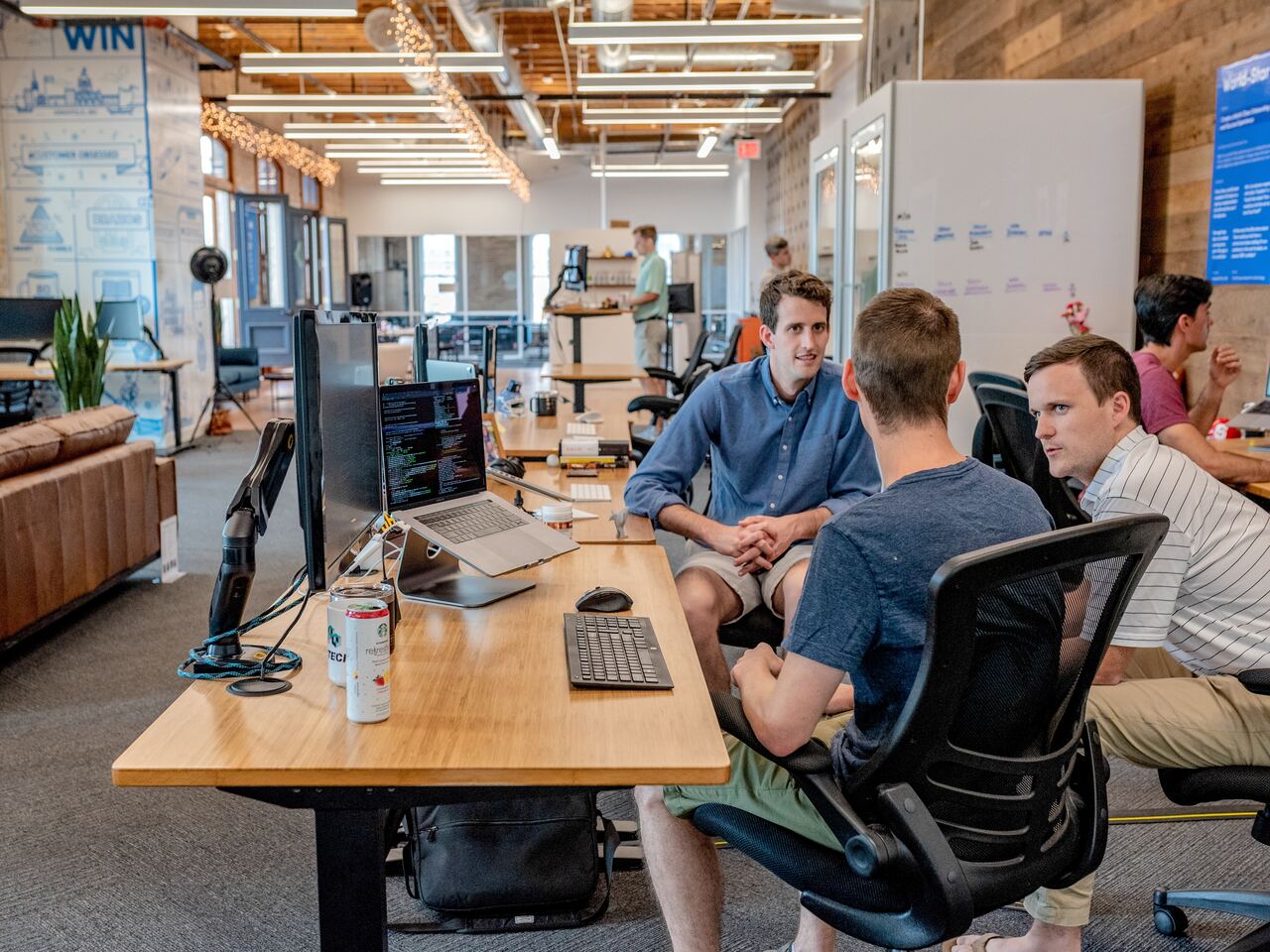The concept of a smart office is increasingly important for businesses seeking efficiency, productivity, and employee satisfaction. A smart office utilizes technology to connect and enhance the physical workspace. By integrating smart technologies, companies can create a more flexible and collaborative environment for their employees. This article will have a deeper look into the concept as well as the top technologies associated with it.
What is a smart office?
A smart office is a workplace that uses advanced technology in order to help people work smarter. It involves incorporating various technological systems and devices that help streamline or automate processes and improve the working experience in the office environment. Besides enhancing the efficiency and adaptability of the workforce, it also can help cut costs for the business.
Additionally, the concept of a smart office often promotes looking after employees through sustainable and healthy solutions. It adapts to the changing needs of the workforce and pushes businesses to create safer and friendlier workplaces. Below are some of the top solutions that can help achieve this.
Room booking system
A room booking system is an essential feature of any smart office. It simplifies the process of managing meeting spaces and conference rooms by allowing employees to manage room bookings on an online portal, with just a few clicks. This includes viewing the schedule for the room and reserving a spot in advance. This system eliminates double bookings, reduces administration time, and improves the utilisation of meeting spaces to their maximum. Additionally, this software can also be integrated with other office systems, providing real-time data on room availability, equipment needs, catering requirements, and other important information, ensuring that every meeting goes smoothly.
Automated climate control
Automated climate control systems are vital for maintaining a comfortable and safe working environment throughout the year. These systems automatically adjust the heating, ventilation, and air conditioning based on the number of people in the space, the time of day, and even the weather outside. This not only ensures optimal comfort for employees, but also significantly reduces energy consumption, leading to a more sustainable office and reduced operational costs.
Advanced security systems
Security is paramount in any office setting. Smart offices leverage advanced security systems that include digital access controls, surveillance cameras, alarm systems, and other solutions. These technologies ensure that only authorised personnel can access certain areas. They are able to efficiently monitor office activities for any unusual behaviour and quickly respond to any security breaches. Integration with mobile devices allows employees to access secured areas with ease and provides administrators with real-time security updates.
Intelligent lighting
Intelligent lighting systems are designed to adjust the lighting based on the natural light available and the occupancy of a room. These systems use sensors to detect when rooms are unoccupied and dim or turn off lights accordingly, conserving energy. Additionally, they can improve the mood and productivity of employees by providing optimal lighting levels based on the time of the day and reducing eye strain.
Conclusion
The smart office represents a working environment that is not only efficient and productive, but also takes sustainability and safety into consideration. As technology continues to evolve, we will undoubtedly see more and more businesses adopt this approach.




